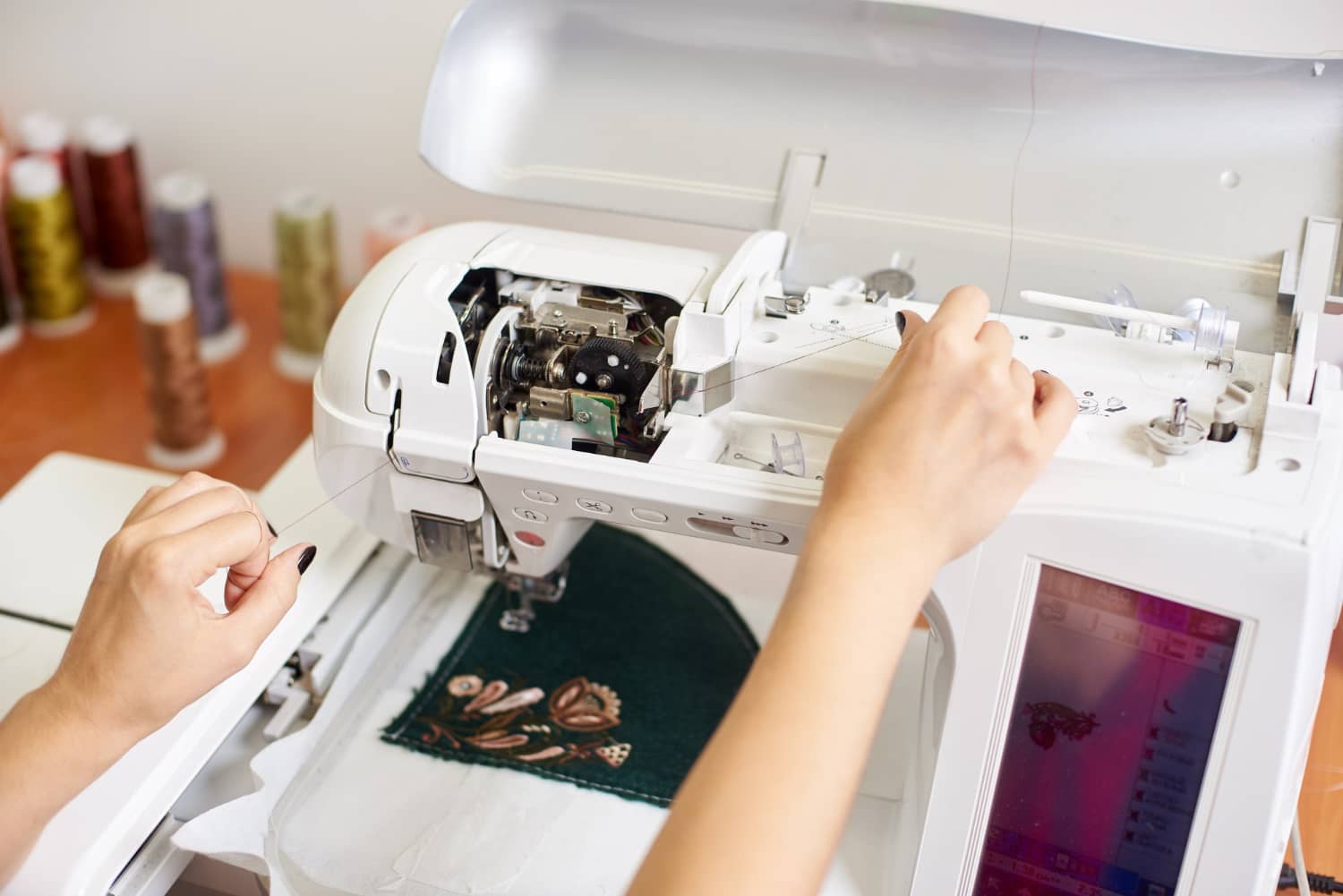Advanced machine embroidery techniques to create masterpieces
Machine embroidery is an art that, with the right techniques, can be transformed into an extraordinary form of creative expression. Mastering advanced machine embroidery techniques allows you to add intricate details, combine different materials, and create unique patterns. This article will explore all the crucial aspects of becoming a master of machine embroidery.
Introduction to advanced machine embroidery techniques
Advanced machine embroidery techniques are an essential step for anyone who wants to elevate their skills from amateur to professional. With the use of modern machines and high-quality accessories, it is possible to create intricate and refined projects. Understanding the importance of advanced techniques is the first step in creating embroidery designs that stand out for quality and precision.
Essential tools for advanced machine embroidery
To create advanced machine embroidery, it is essential to have the right tools. A professional embroidery machine, specific needles, and high-quality threads are just some of the items needed. In addition, accessories such as frames, stabilizers, and design software are essential to achieve professional and long-lasting results. Investing in quality tools not only improves the effectiveness of your work, but also the longevity of your projects.
How to choose the right thread for high-quality machine embroidery
The choice of thread is crucial to the success of machine embroidery. Polyester, rayon, and cotton threads offer different qualities of strength, luster, and ease of use. Good quality thread reduces the risk of breakage and ensures a clean, professional look to your embroidery. Considering the type of fabric and design of your project will help you choose the most suitable thread.
Polyester Thread
Polyester thread is very popular for machine embroidery because of its high strength and durability. It is less prone to breakage during use, making it ideal for projects that require a lot of detail work. In addition, polyester withstands frequent washing better, maintaining color brilliance over time. This makes it perfect for garments and fabrics that are washed often.
Rayon thread
Rayon thread is known for its luster and smooth finish. It is an excellent choice for embroidery designs that require an elegant, shiny appearance. However, rayon is less durable than polyester and can be more prone to breakage, especially when used on heavy fabrics or for highly detailed designs. It is ideal for decorative projects such as tablecloths, pillows, and other household items that do not require frequent washing.
Cotton Thread
Cotton thread offers a natural, matte look that may be preferred for traditional or vintage projects. It is less durable than polyester and rayon, but has excellent colorfastness and performs well on natural fabrics such as linen and cotton. Cotton is perfect for projects that require a classic, refined feel, such as household linens and casual wear.
Factors to Consider when Choosing Yarn
In addition to thread material, there are other important factors to consider:
- Thread Thickness: Thinner threads are ideal for minute details and lightweight fabrics, while thicker threads are better for heavy fabrics and designs that require more visibility and strength.
- Color: The choice of color is crucial to the final effect of embroidery. High-quality threads offer a wide range of colors, including shades and multicolor threads for special effects.
- Machine Compatibility: Making sure the thread you choose is compatible with your embroidery machine is essential to avoid technical problems and achieve smooth, uniform embroidery.
Practical Tips for Using Thread
- Always Test: Before starting a project, it is helpful to do tests on a similar piece of fabric to check thread tension and embroidery results.
- Storing the Thread: Store threads in a dry place away from direct sunlight to prevent discoloration or weakening.
- Changing Thread: Change embroidery machine thread regularly, especially during long jobs, to maintain consistent embroidery quality.
Choosing the right thread for your machine embroidery project not only improves the aesthetics of the work, but also its durability and overall quality. With careful selection and careful use, you can ensure that your embroidery designs are always beautiful and durable.
Machine embroidery techniques for detail and precision
To achieve intricate details and flawless precision in machine embroidery, mastering specific techniques is essential. Techniques such as satin stitch, knotted stitch and solid stitch allow you to create different textures and add depth to your designs. Adjusting thread tension, machine speed, and needle choice are other factors that affect embroidery accuracy.

Combination of fabrics and threads for special effects in machine embroidery
The combination of fabrics and threads plays a key role in creating special effects in machine embroidery. The use of transparent, metallic or stretch fabrics, together with threads of different colors and materials, can turn a simple design into a work of art. Experimenting with layering and overlays allows you to add depth and movement to your embroidery designs, making them unique and eye-catching.
Overlay and layering techniques in machine embroidery
Overlapping and layering techniques are essential for creating three-dimensional, richly detailed embroidery. By overlaying several layers of thread and using appropriate stabilizers, you can achieve effects of relief and depth. These techniques require practice and precision, but the end results can be extraordinarily detailed and dynamic.
Conclusion
Advanced machine embroidery techniques offer endless possibilities for creating textile masterpieces. With the right tools, good knowledge of materials, and consistent practice, you can turn any project into a unique work of art. Investing time and resources in this art form will allow you to express your creativity and achieve extraordinary, professional results.